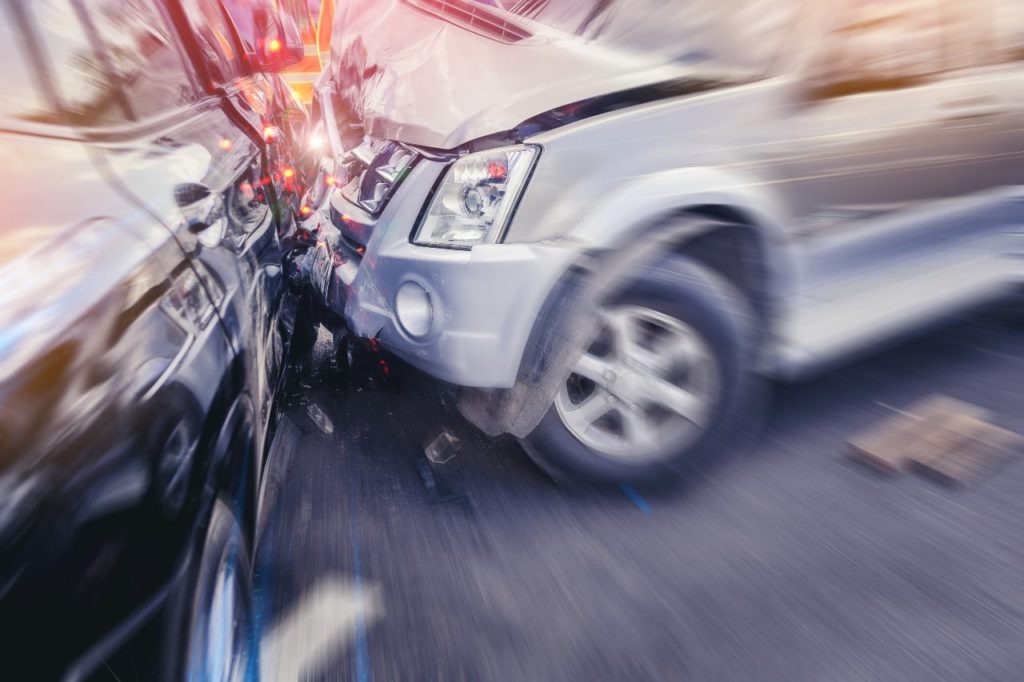Despite all the efforts to be safe, vehicular accidents still happen. Unfortunately, many road collisions involve fleet vehicles but most commercial drivers don’t know what steps to take when they’re involved in this kind of situation. Unlike accidents involving private vehicle owners, there are many things to consider when a fleet car is involved in a crash. This makes the entire process more challenging and complicated.
Thus, if you’re running a fleet company, below are a few things you can do in case your fleet car has had an accident:
1. Inform Your Commercial Driver About The Steps To Take At The Crash Scene
As a business owner, it’s important that you guide your fleet driver in case a vehicular accident happened on the road. Make sure they know exactly what to do at the crash scene to avoid problems later on. By informing them about the steps to take following the collision, you can rest knowing that your business interests and your driver’s safety are protected.
Below are some of the things your commercial driver should do at the accident scene:
- Refrain from moving the car unless it affects the flow of traffic on the road.
- Call for medical assistance in case someone has been injured in the accident.
- Contact the police authorities for proper investigation.
- Avoid leaving the scene unless instructed by the police authorities.
- Don’t admit anything to anyone at the collision site.
- Take photographic documentation such as photos of what happened, including all the vehicles and objects involved in the accident. Also, capture images of the license plates, traffic controls, and anything that may demonstrate why and how the collision happened. By doing this, it’ll be easier and faster to determine liability and assess property damage.
2. Prepare A Detailed Accident Report Form
Another step that you should do if your fleet vehicle has had an accident is to have a detailed accident report form ready. This form will be considered as an instruction guide to the driver when gathering pieces of information at the crash site. Generally, the accident form contains the following:
- Names and contact numbers of the drivers and passengers involved
- Information about property or vehicle ownership
- Witnesses and police reports
- A detailed description of the crash
- Injuries and property damage
- Diagram area that’ll help your driver demonstrate where all parties were when the accident happened
As you can see, there are plenty of things to include in the accident report form. As such, you need to ensure that it’s filled in with the necessary information to make the claims processes much smoother. Once the report is ready, be sure to keep it on file so you can easily defend your business against potential claims.
Also, just like construction accidents, collisions involving fleet cars can also lead to injuries to anyone, including the drivers themselves. Hence, should get familiar with the common labor laws in your area with regards to sustaining injuries in the workplace. To better understand this subject matter, you can read Raphaelson Levine’s article for more information.

3. Be Ready For The Potential Claims Process
When the car accident involving your fleet driver has injured a passenger or anyone in the scene, then, it’s best if you prepare yourself and your company for the potential claims process. This is especially true if the other party will eventually file a claim against your driver and your fleet company.
To better handle this situation, below are a few things you need to do when your fleet car has had a collision:
- Report the crash to your insurance carrier – Even if you’re unsure the accident will result in a claim, you should report what happened to the insurance carrier as quickly as possible. This can be a great way to determine the underlying cause of the collision. Moreover, your failure to report the accident to the proper authorities may lead to a denial of your claim if the other party files a case against you.
- Inform your workers’ compensation insurer if injuries are involved – When the accident resulted in injuries, be sure to notify your workers’ compensation insurer as early as you can. That way, you’ll have a good chance that your workers’ compensation claim will be managed effectively. In case a dispute occurs, you can use this scenario to prove that your claim was reported.
Conclusion
As a business owner, you need to be ready to manage a crash involving your fleet car. While dealing with a vehicular accident can be very daunting, it doesn’t have to remain that way if you follow the steps mentioned above. Doing so can help you navigate the situation by knowing how you can protect your business interests in a case like this.





